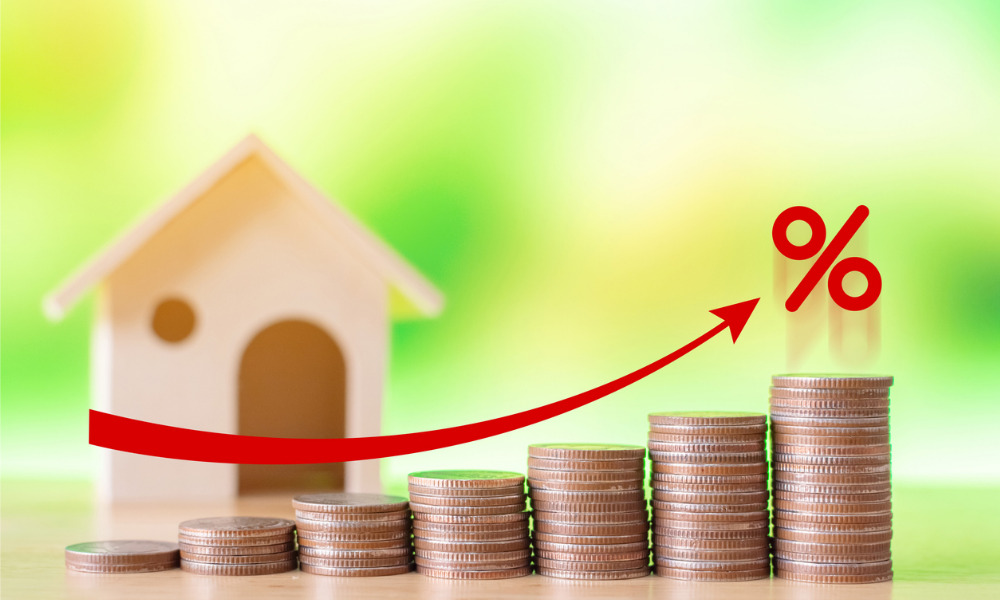The bank also lifts its term investment rates

ANZ has announced that it will lift home loan rates across all its fixed-rate terms.
ANZ’s one-year fixed “special” rate for people with more than 20% equity in their homes will increase from 4.85% to 5.35%, while its two-year rate will lift from 5.35% to 5.8%. The bank’s three, four and five-year fixed rates will also increase, with its five-year rate lifting from 5.65% to 5.99%.
Home loan borrowers with less than 20% equity will pay higher interest, with the one-year fixed rate for these people to rise from 5.45% to 5.95%, Stuff reported.
The bank will also lift its term deposit rates. Its one-year term deposits of $10,000 or more will jump by 0.5% to 3.65%, while its five-year term deposit rate will rise to 4.4%.
“With high levels of volatility in global markets and increased inflation pressure domestically, there has been a significant increase in wholesale market rates,” an ANZ spokesperson told Stuff. “This has been reflected in changes we’re making to our fixed home loan rates, and our term investment rates to support customers to meet their savings and investment goals.”
Wholesale rates are the prices banks pay to borrow money from large institutional investors.
Loan and deposit rates could still possibly change.
“Interest rates will continue to be reviewed in response to international and local market conditions,” the spokesperson told Stuff.
Kiwibank’s team of economists, meanwhile, predicted that householders will have a hard time during the rest of the year.
“With rising rates, falling house prices, and a gloomier global backdrop, growth over the second half of 2022 is looking shakier by the day,” they said.
The Reserve Bank is faced with the challenge of tightening monetary policy to combat decades-high inflation without crashing the economy into a recession, they said. This could mean the central bank’s OCR, and home loan rates, may not rise as far as some were expecting.
Read next: How likely is an official cash rate increase in April?
“House price falls, and the negative wealth effect will ultimately limit the amount of rate hikes. We expect the cash rate to peak at 3.5%, not 4%,” the economists told Stuff.



